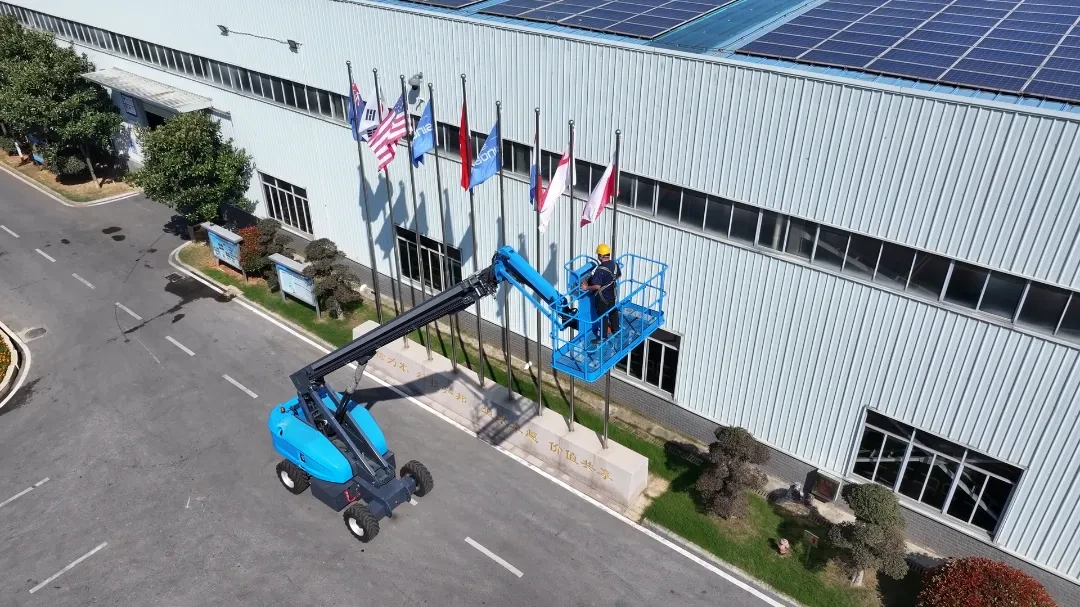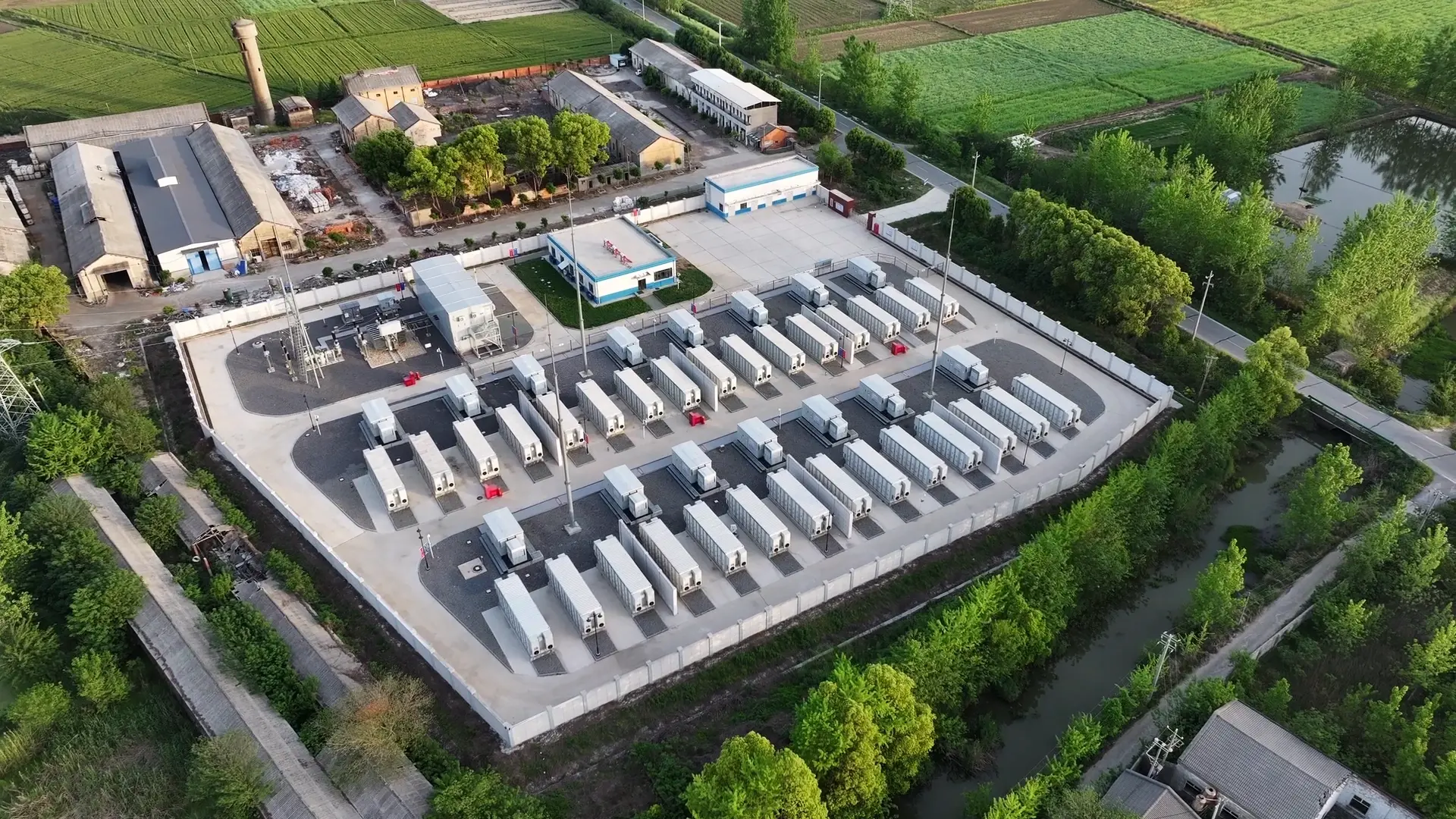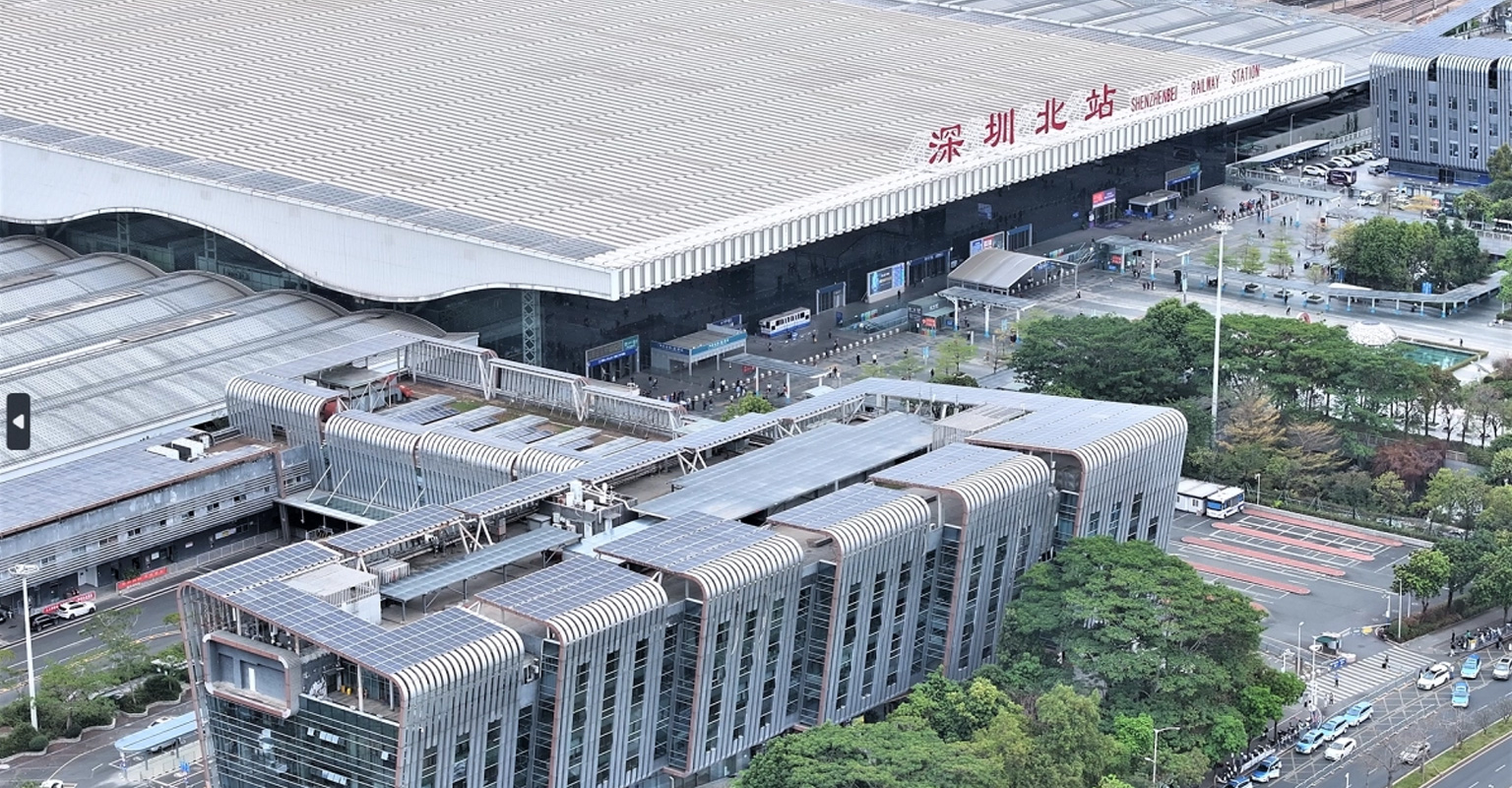Artificial Intelligence is transforming the way data centers operate. From high-density GPU servers to distributed edge nodes, power demand is becoming more dynamic, more unpredictable, and far more sensitive to interruptions. As a result, UPS batteries now play a more critical role than ever — not just as backup power, but as a key part of system reliability and performance.
This article explains how AI workloads and edge computing are reshaping UPS battery requirements, what new technical capabilities are needed, and why lithium UPS batteries are becoming the new standard.
Why AI Workloads Create New UPS Battery Demands
1. Higher Peak Power for AI Servers
AI inference and training generate sharp, short-term power spikes. These peaks can exceed the capacity of traditional VRLA batteries, whose higher internal resistance leads to voltage drops during heavy loads.
To support modern GPU clusters, UPS batteries must deliver high-rate discharge performance and maintain stable output voltage during sudden surges.
2. Longer Backup Time for High-Density Racks
AI servers pack 2–4 times more power into each rack. This increases the heat load and power draw, meaning UPS systems must supply longer and more reliable backup power to ensure safe shutdowns or load transfers.
Higher energy density is becoming essential, pushing many facilities from VRLA to lithium solutions.
3. Zero-Interruption Requirements for GPU Nodes
Even a brief power interruption can halt AI operations or corrupt ongoing tasks. Because GPU workloads are extremely sensitive to instability, UPS batteries must provide:
● Fast response
● Consistent discharge voltage
● Reliable long-duration support
Lithium systems with stable performance curves are far better suited to these environments.
How Edge Computing Is Changing UPS Battery Deployment
1. Distributed Micro Data Centers
Edge computing shifts processing power closer to end users — in industrial parks, shopping malls, smart-city nodes, or telecom base stations. These micro data centers may be small, but they operate continuously and cannot afford downtime.
They require UPS batteries that are compact, reliable, and easy to maintain.
2. Limited Space, Higher Energy Density
Unlike traditional data centers, many edge sites have:
● Limited floor area
● Height restrictions
● Shared equipment rooms
This makes compact, high-density battery systems a necessity.
3. Harsh Environmental Conditions
Edge nodes often run in locations without strict climate control. Temperatures fluctuate, ventilation may be limited, and dust or humidity can be issues.
● UPS batteries need:Strong thermal tolerance
● Intelligent BMS protection
● Stable operation across a wide temperature range
These are all areas where lithium technology outperforms traditional solutions.
What Modern UPS Batteries Must Provide
1. High-Rate Discharge Capability
To support high-performance AI racks, batteries must handle large bursts of current without voltage collapse. High-rate lithium cells (1C–2C) ensure stable performance even under rapid load changes.
2. Smart BMS With Real-Time Monitoring
A modern UPS battery is not just a power source — it is a sensor network. A robust BMS enables:
● Remote battery monitoring
● Accurate SOC/SOH estimation
● Early-risk detection
● Predictive maintenance
This is essential for distributed edge facilities that operate without on-site engineers.
3. Fast Charging and Quick Recovery
Frequent power disturbances can drain batteries multiple times per day. Lithium systems recharge significantly faster than VRLA batteries, ensuring the UPS is always ready for the next event.
Why Lithium UPS Batteries Are Becoming the New Standard
1. Lower Internal Resistance
Lithium batteries maintain stable voltage during high-power discharge, enabling them to support GPU-driven AI racks without performance drop.
2. Longer Lifespan (10–15 Years)
This dramatically reduces total cost of ownership, especially for unmanned edge sites where battery replacement is costly and disruptive.
3. Higher Power and Energy Density
Users can achieve longer backup time within the same footprint. This is a critical advantage for facilities with space constraints.
How to Choose the Right UPS Battery for AI and Edge Computing
Below is a practical evaluation checklist for IT managers and project engineers:
● Can the battery support 1C–2C high-rate discharge?
● Does it include a smart BMS with real-time monitoring?
● Is it compatible with CAN, RS485, or SNMP?
● Are thermal performance and heat dissipation sufficient?
● Can the supplier provide full test reports (cycle, rate performance, safety)?
● Is the product certified for UL1973 / IEC62619 / UN38.3?
● Does the system support modular expansion for growing workloads?
Selecting the right UPS battery is no longer about comparing basic chemistries — it is about matching performance to the new demands of AI and edge environments.
How Advanced UPS Lithium Batteries Support AI & Edge Projects
Modern lithium UPS battery systems provide strong advantages for next-generation computing environments:
● High-rate discharge to handle GPU load spikes
● Compact cabinet design for small edge rooms
● Fast charging for quick recovery
● Intelligent BMS for remote monitoring and predictive maintenance
● Long lifecycle for lower OPEX
These features make lithium solutions the preferred choice for data centers upgrading to AI workloads or deploying distributed edge nodes.
Conclusion
AI and edge computing are redefining power requirements across the IT landscape. As power density increases and workloads become more sensitive to fluctuations, traditional VRLA systems can no longer meet the demands of modern infrastructure.
Lithium UPS batteries — with higher discharge capability, smarter control systems, and better energy density — are quickly becoming the foundation for next-generation data centers.




























 2025-11-18
2025-11-18 Name
Name Tel
Tel Email
Email Country
Country Company
Company Information
Information